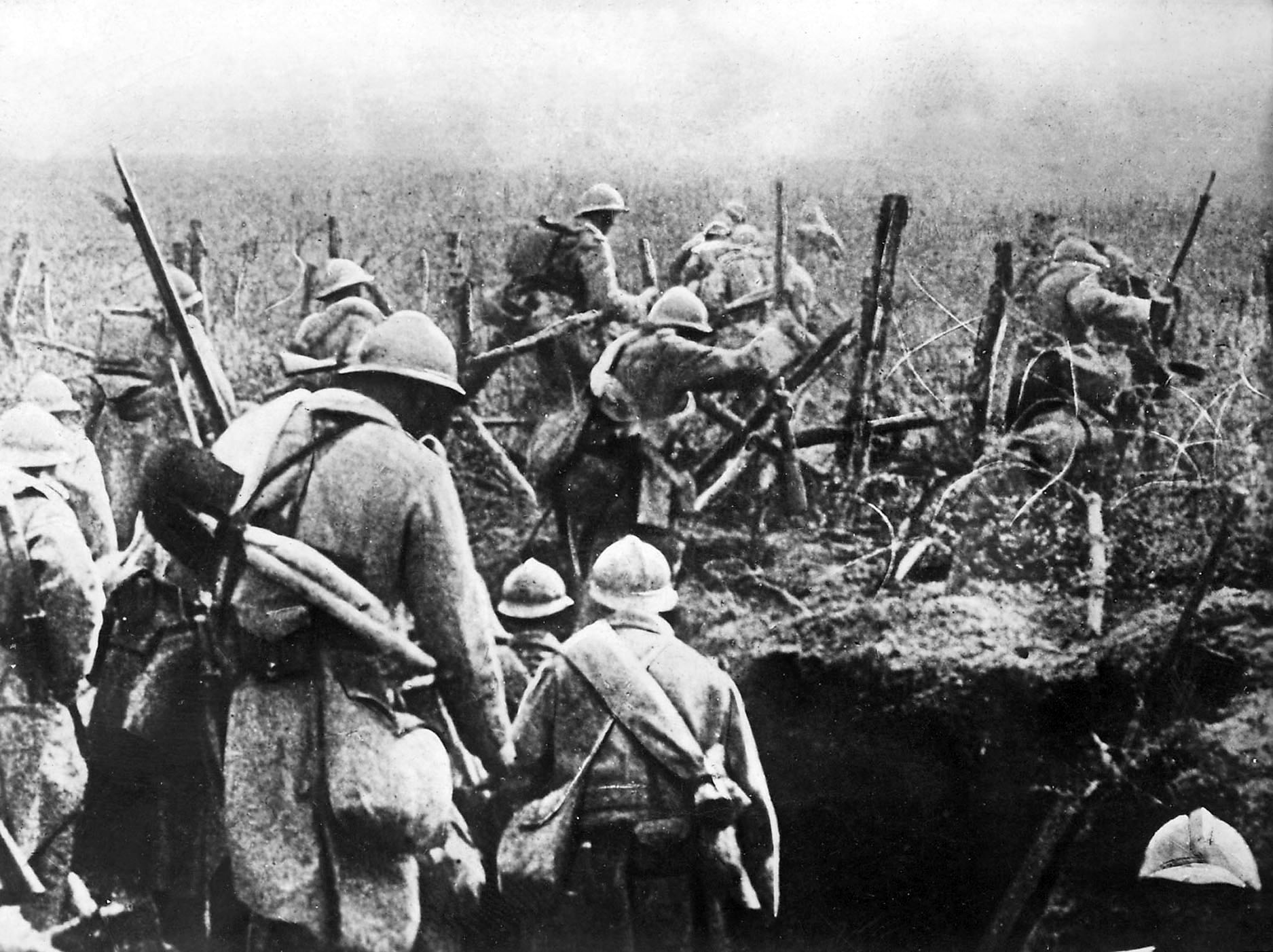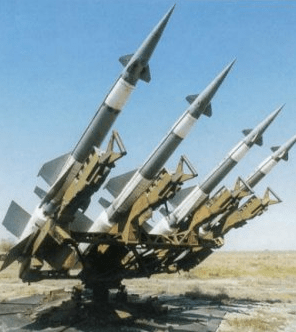The War of Attrition refers to an inconclusive armed conflict between Israel and Egypt (and, to a lesser extent, Jordan, Palestine, Syria, and their allies) from July 1967 to August 1970.
The Six-Day War in June 1967 left the Egyptians overwhelmed with great losses, both in their forces and their territories. In the aftermath of the war, Israel seized the Gaza Strip and the Sinai Peninsula from Egypt, among the other territories it occupied from its other Arab opponents.
Since then, there had been no serious diplomatic efforts to resolve the issues in the heart of the Arab-Israeli conflict. At the conclusion of the Arab League summit in August 1967, the Khartoum Resolution was issued. The resolution became famous for including the “Three Nos” — “no peace with Israel, no recognition of Israel, no negotiations with it.”
Egypt seeking to bleed Israel
The Six-Day War left Egypt’s pride wounded. Egyptian president Gamal Abdel Nasser made clear on his intention to forcibly retake the territories that Israel seized after the Six-Day War. While the losses were significant, the support and the material investment from its ally, the Soviet Union, enabled Egypt to recover quickly. President Nasser believed that only military force could compel Israel (or the international community) to give up Sinai entirely.
Hostilities soon resumed along the Suez Canal. Now armed with new Soviet weaponry, Egypt felt it was prepared enough to launch limited attacks against Israel. Egyptian forces began shelling Israeli positions along the Bar Lev line on the Suez Canal using heavy artillery, MiG aircraft, and other forms of Soviet weaponry, hoping that the Israeli government would finally concede to their demands.
Following these hostilities, a de-facto ceasefire put the conflict to a halt, but only temporarily. During the subsequent lull, both Egypt and Israel built up their defenses.
Escalating conflict
In March 1969, Egypt broke the ceasefire and launched renewed attacks on Israel, escalating into a larger-scale conflict that came to be known as the War of Attrition. Using the same Soviet weaponry, Egyptian forces dealt heavy losses on the Israelis. Golda Meir – who had become Israel’s prime minister following the sudden death of her predecessor Levi Eshkol in February 1969 – escalated Israeli attacks.
By December 1969, Israeli forces had bombarded the entire Egyptian air defense system. In January 1970, Israelis began deep-penetration raids against Egyptian targets in the Nile valley and delta. Now deeply threatened by the Israeli’s escalated attacks, President Nasser, in desperation, secretly flew to Moscow to discuss the situation and appeal the Soviet government for assistance. Among his requests included Soviet military personnel in large numbers, which the Kremlin, at first, refused to provide. But when Nasser threatened to resign, the Soviets finally gave in, agreeing to have their own forces directly involved in the conflict.
Israeli forces suspended their raids after the Soviet air forces began to fly combat patrols over Egypt. The Soviet forces, operating sophisticated radars and surface-to-air missiles, succeeded in downing several Israeli planes. Thus, the Israeli troops switched their battle to the canal zone.
Ceasefire and aftermath
Fearing a direct Israeli-Russian confrontation, United States President Richard M. Nixon sent his Secretary of State, William Rogers, to intervene in the conflict with a complex “ceasefire standstill” formula.
The proposal by Rogers, called the “Rogers Plan,” defined limits on the deployment of missiles and revived a year-old diplomatic initiative that would involve an exchange of territory for peace on all fronts. Israel and Egypt accepted the ceasefire on August 7, 1970.
Plans for the negotiations were underway after the ceasefire took effect. But following the acceptance of the agreement, Egypt almost immediately violated it by moving its missiles closer to the canal. Despite Egypt’s violation, Israel decided not to renew the conflict. On September 28, 1970, Nasser died of a heart attack; his successor, Anwar Sadat, chose not to resume the fighting.
Israel lost 1,424 soldiers, while Egypt lost up to 10,000 during the three-year conflict.
After the war, the situation among the territories remained the same. Israel continued its control over Sinai, so no territories were exchanged. There was no clear victor or loser from this war, and observers differ in opinion whether Israel or Egypt achieved strategic victory. Some view that Egypt’s failure to reclaim Sinai pointed to an Israeli win, while others suggest that the shift in psychological balance resulted in Egyptian victory.
The War of Attrition ended without a real commitment to serious peace negotiations, which led to renewed hostilities only three years after – the Yom Kippur War in 1973.
Side note: future prime minister Benjamin Netanyahu fought on the front lines in the War of Attrition.

